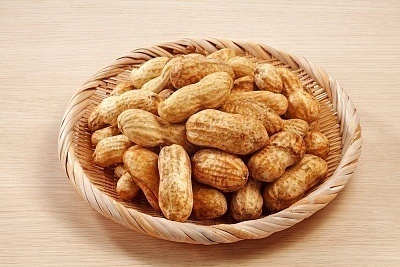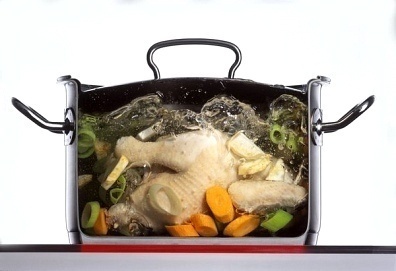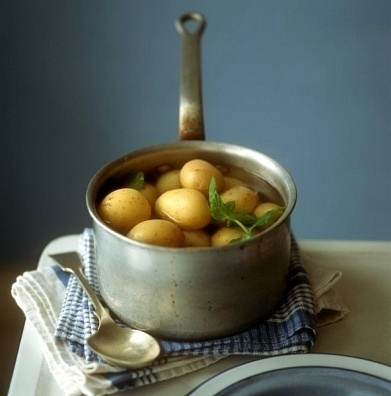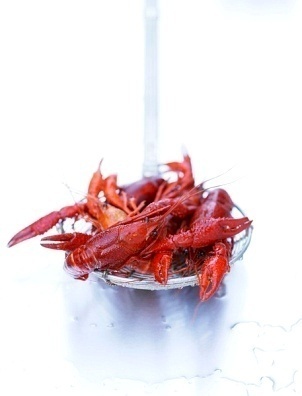How to Boil Peanuts
Peanuts are amazing. They are delicious, full of nutrients, and very easy to cook. If you have raw freshly-harvested peanuts or dried peanuts, you should be wondering how to boil peanuts perfectly. Well, your problem is solved. We will give you the full details, plus, some extra tips that will help make you enjoy this wonder food even more.
Boil Peanuts to Cook
Boiling is the most common cooking method used for raw and dried peanuts to make them tender, flavorful, and simply edible. To boil a perfect bowl of peanuts, all that you need to add is some water and salt.
You will need about enough water to float the peanuts in the pot. So your judgment is key here. You must be able to tell if the water is enough to coat and float the amount of peanuts you will boil.
In case of salt, you will need about half a cup of salt for every gallon of water. You may want to adjust the ratio according to how salty or how light you want the flavor to come out.
Before boiling peanuts, it is important that you wash them thoroughly. Raw peanuts come from below the ground. That’s why freshly harvested ones usually come with a good amount of dirt. It is a different story altogether if you are dealing with dried peanuts. Often times, the ones you will find in the supermarket are ready for the pot.
It is also key to choose an ideal size of pot for boiling peanuts. Make sure that you will have at least an inch of clearance at the top of the pot. Place the rinsed peanuts in the pot, enough water to float it, and the required amount of salt. Bring it to a boil for an hour or more, depending on the type you are boiling.
Green peanuts, or the ones that are harvested fresh from your backyard, will only need an hour to cook. Dried raw peanuts, meanwhile, will require longer cooking time, sometimes, even 24 hours. You need to wait until your peanuts are soft and saturated in salt water.
There are qualities that you should look for in your boiled peanuts to tell whether they are cooked properly or not. Those qualities are more than just about saltiness, softness, and wetness. However, they are three of the most important qualities that will define your standards.
It is quite difficult to describe the different textures and tastes of peanuts as they go through the cooking process. You can sample them by taking in one or two along the way, as they cook.
Raw peanuts will soften after the initial boiling. However, they will still have that raw quality and remain rather firm. They will also not retain the saltiness from the boiling water just yet. As they cook, you will see that they will start to soften, adapt a salty taste, become wet, and the raw quality or taste will disappear.
Tips and Tricks
You might think that boiling peanuts is a simple task. However, there are tips and tricks that will help ensure that you are doing a great job at it. Take a cue from the following tips for top results:
Tip #1: Do not add more salt unless your peanuts are saturated and fully boiled. You may do a taste test if your peanuts are almost done and see if they needs more salt to taste. This is a common mistake that people do when boiling peanuts. They add in too much salt right after the initial boiling, unaware that the peanuts will soak for a long time in the salty water, which can make it saltier than you expected.
Tip #2: The salt water, the water in which you will boil your peanuts, must taste like the ocean. You may adjust the need for salt, as mentioned earlier, according to your taste and preference.
Tip #3: Peanuts allows for a wide margin of time. Even when they’re done, you can still boil it and not spoil it. Further boiling after your reach the ‘done’ point will also not improve its quality. What’s important is that you will not burn it or allow the water to drain from the pot.
Tip #4: You may want to keep your peanuts soaked in salt water a few more minutes after turning off the heat. That will help make your peanuts more flavorful and moist.
Tip #5: Several taste tests are important in boiling peanuts. That’s how you will discover the different phases of doneness that your peanuts will go through. That’s also how you will be able to tell if the level of doneness is already perfect for you.
Tip #6: You should use the greenest peanuts you can find. If they are not available in your neighborhood, you may choose to order online. Green peanuts can be delivered fresh or frozen, depending on your proximity to the supplier.
Tip #7 : Adding salt is a nice way to season your peanuts but you may also do further enhancements by adding other seasonings and flavorings. You can add pepper, herbs, boil your peanuts in beer, etc. It does not really matter what kind of solution you cook your peanuts in. What is important is that the flavor you are adding meets your taste.







